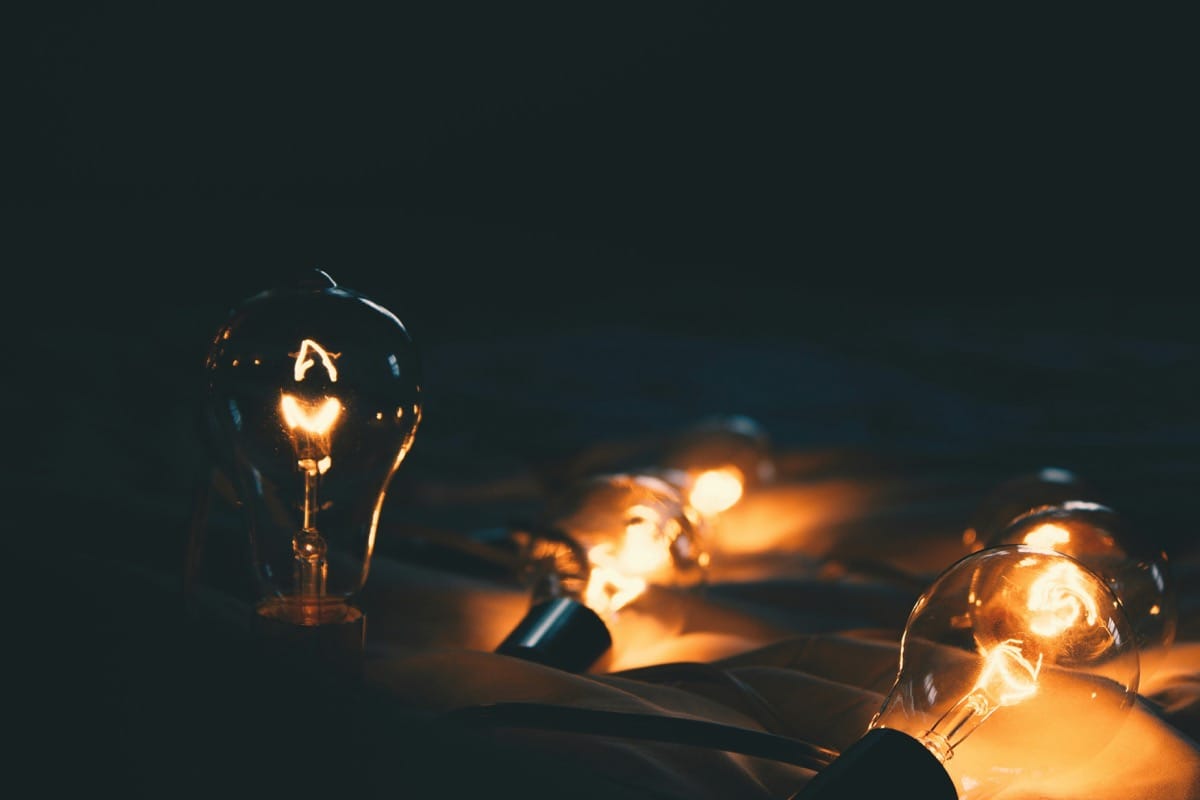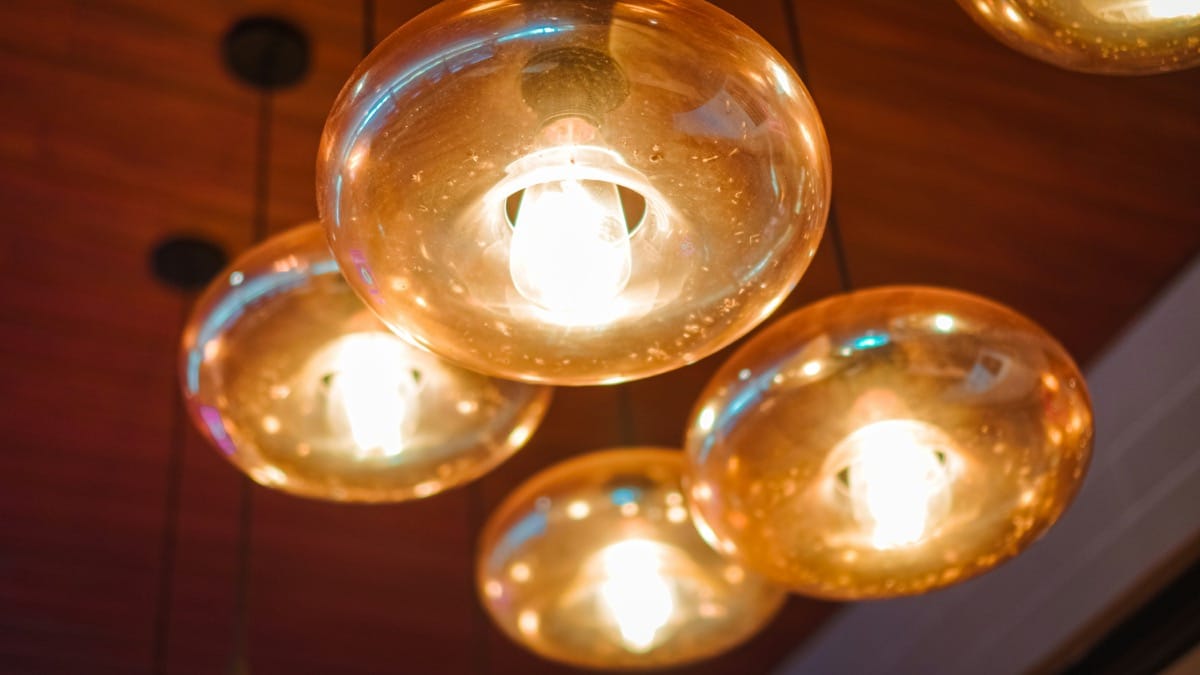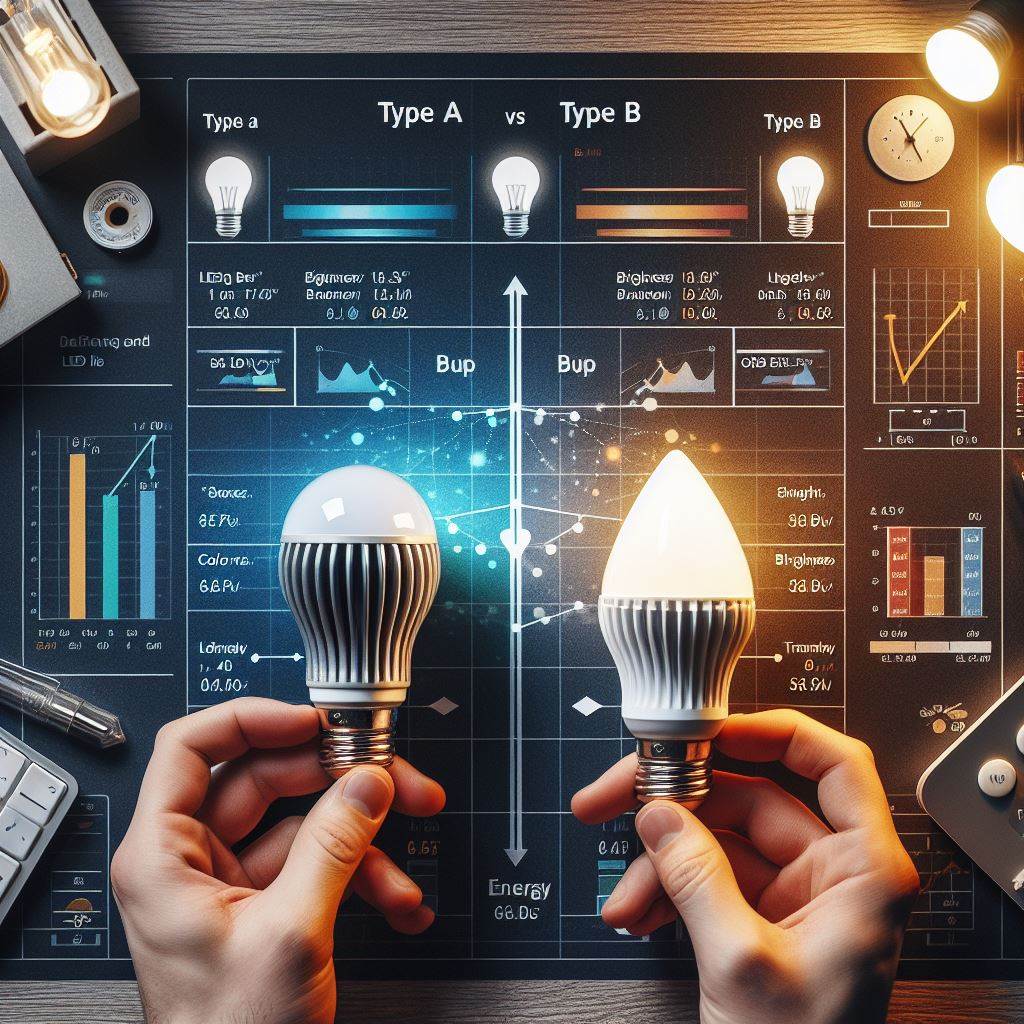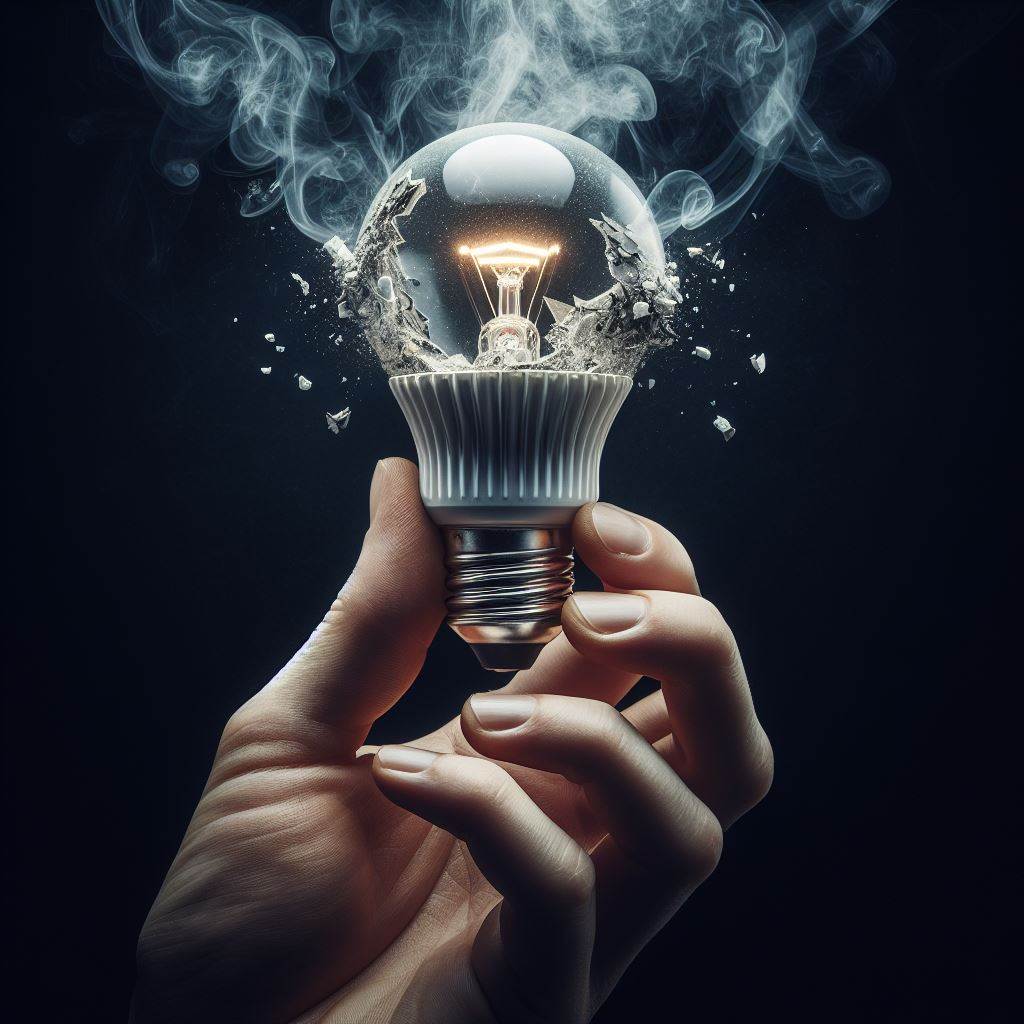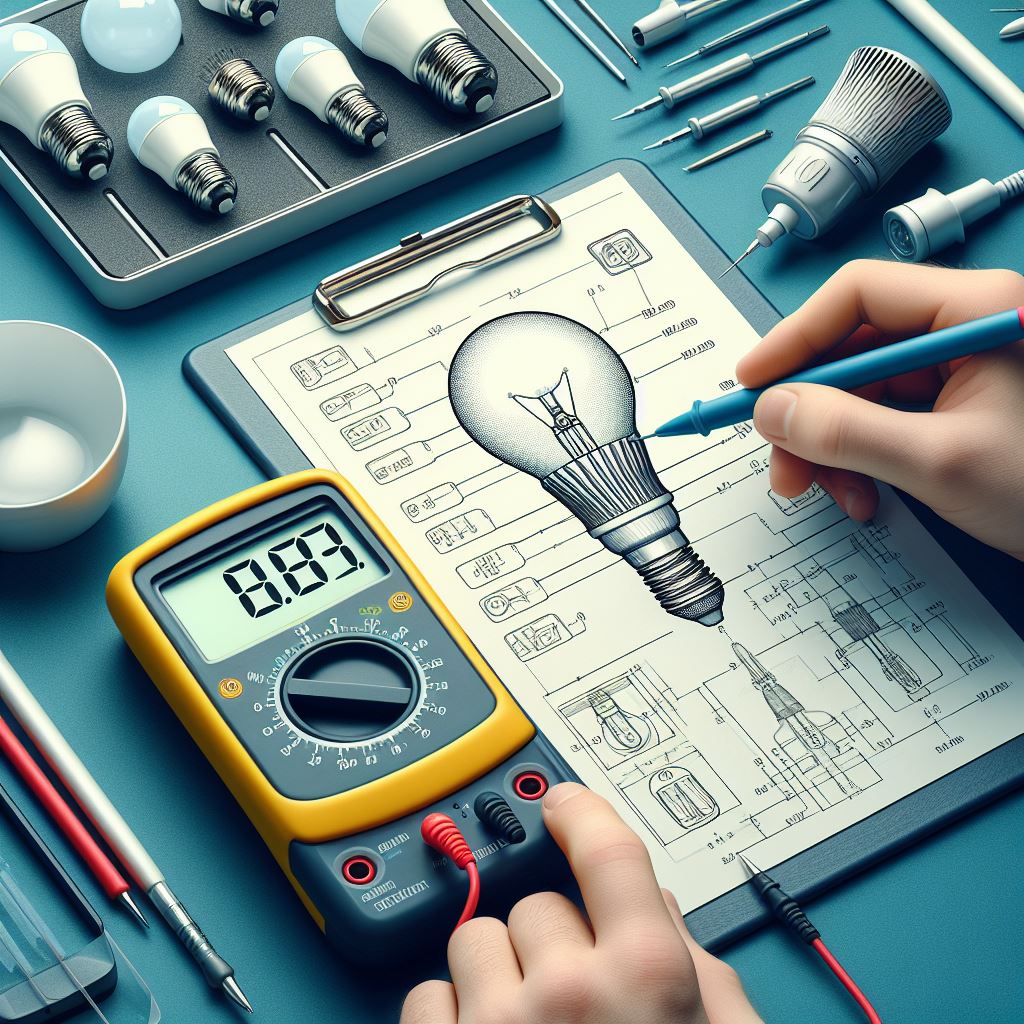As an expert in the realm of lighting technology, I am often asked about the longevity of LED bulbs and why they may sometimes burn out prematurely. LED bulbs are renowned for their energy efficiency and durability, but occasionally they too succumb to failures. In this comprehensive guide, we will delve into the common reasons why LED bulbs burn out, offering insights into their delicate nature and providing practical solutions to extend their lifespan. From voltage fluctuations and poor heat management to manufacturing defects and improper installation, numerous factors can contribute to the demise of LED bulbs. By understanding these causes and implementing preventive measures, you can ensure that your LED lighting fixtures shine brightly for years to come.
Poor Quality LED Bulbs
When it comes to LED bulbs burning out prematurely, one of the main culprits is poor quality LED bulbs. Manufacturers who cut corners on materials or quality control processes end up producing bulbs that are more prone to failure. Using such subpar LED bulbs can lead to a frustrating experience of frequent replacements and increased costs in the long run.
Signs of Poor Quality LED Bulbs:
- Flickering or inconsistent light output
- Diminished brightness over time
- Short lifespan compared to reputable brands
Why Opting for Quality LEDs Matters:
Choosing high-quality LED bulbs from reputable brands might come with a slightly higher price tag initially, but it pays off in the long term. These bulbs are designed to last longer, maintain consistent performance, and have better warranties to back them up. Your peace of mind and reduced hassle of having to replace bulbs frequently are certainly worth the investment.
And remember, not all LED bulbs are created equal. Just like the difference in durability between a flimsy plastic cup and a sturdy stainless steel tumbler, the quality of LED bulbs significantly impacts their lifespan and performance.
Invest Wisely in Your Lighting:
Don’t settle for the cheapest LED bulbs you can find. Instead, think of it as investing in the lighting of your home or workspace. Quality bulbs offer better light output, energy efficiency, and durability. It’s like choosing a reliable car that takes you on a smooth ride instead of a clunky vehicle that breaks down frequently.
By understanding the importance of opting for high-quality LED bulbs, you can avoid the frustration of dealing with constant burnouts and enjoy a well-lit environment that enhances your daily activities.
What Causes LED Bulbs to Burn Out?
As much as we love the energy efficiency and long lifespan of LED bulbs, there are occasions when they unexpectedly burn out, leaving us in the dark. Understanding the reasons behind why LED bulbs burn out can help you prevent premature failures and make the most out of your lighting investments.
Poor Quality LED Bulbs:
One common reason for LED bulbs burning out is the use of low-quality materials in their manufacturing. Cheaper LEDs may not be as durable, leading to quicker failures.
Overheating Issues:
LEDs are sensitive to heat; excessive heat can degrade the components inside the bulb and shorten its lifespan. Why do LED bulbs burn out due to overheating issues?
- Blocked airflow around the bulb
- Operating in high-temperature environments
- Overdriving the LED beyond its capability
Voltage Spikes and Electrical Surges:
Electrical fluctuations in your home’s wiring can cause sudden spikes in voltage that LED bulbs may not be able to handle. This can result in LED bulbs burning out unexpectedly.
Incorrect Installation:
Improperly installing LED bulbs, such as using incompatible dimmer switches or exceeding maximum wattage ratings, can lead to premature failures. Always follow the manufacturer’s guidelines for installation.
Excessive On/Off Cycling:
Constantly turning LED bulbs on and off can put stress on the components, leading to a shorter lifespan. To prolong the life of your LEDs, minimize unnecessary switching.
By being mindful of these factors and taking steps to address them, you can prolong the lifespan of your LED bulbs and enjoy the energy-efficient lighting they provide.

Voltage Spikes and Electrical Surges
Ever come home to find yet another LED bulb burnt out? The culprit could be lurking within your electrical system. Voltage spikes and electrical surges create a havoc on your LED bulbs, causing premature failure.
Why Do Voltage Spikes and Electrical Surges Cause LED Bulbs to Burn Out?
It’s like asking a smartphone to handle a power surge – it just can’t keep up. LED bulbs are sensitive electronic devices prone to damage from sudden changes in voltage.
Here’s why voltage spikes and electrical surges play the role of a villain in the LED bulb world:
- LEDs require a specific voltage range to function. Spikes can push them beyond this limit, leading to failure.
- Surges generate excess heat within the LED circuitry, damaging internal components.
- Repetitive surges gradually degrade the bulb’s electronics, shortening its lifespan.
How to Protect Your LED Bulbs from Voltage Spikes and Surges
So, how do you shield your LEDs from the unpredictable world of voltage fluctuations?
Consider these points:
- Install surge protectors to regulate voltage coming into your home.
- Opt for higher-quality LED bulbs that are better equipped to handle electrical variations.
- Consult with an electrician to ensure your home’s wiring is up to par.
By taking proactive measures, you can provide a safe haven for your LED bulbs to shine bright without the fear of early burnout.
Common Reasons Why LED Bulbs Burn Out
LED bulbs are a popular and energy-efficient lighting option, but if you’ve ever experienced a premature burnout of your LED bulbs, you may be wondering: why do LED bulbs burn out? Let’s explore some common reasons why this might happen.
Poor Quality LED Bulbs
Cheaply made LED bulbs with lower-quality components are more prone to burn out quickly compared to higher-quality, reputable brands.
Overheating Issues
LED bulbs can overheat if they are enclosed in a fixture that doesn’t allow for proper air circulation, leading to thermal stress and eventual burnout.
Voltage Spikes and Electrical Surges
Sudden increases in voltage, such as electrical surges or spikes, can overload an LED bulb, causing it to fail prematurely.
Incorrect Installation
When LED bulbs are not installed correctly, they can be exposed to excessive heat or incompatible voltage, leading to a shortened lifespan.
Proper installation is vital – make sure your LED bulbs are compatible with your fixtures and use the correct wattage.
Excessive On/Off Cycling
Frequent on/off cycles can decrease the lifespan of LED bulbs. Consider using a dimmer switch or leaving the lights on for longer periods to reduce this issue.
And remember, taking care of your LED bulbs by providing proper ventilation, using surge protectors, and ensuring correct installation can help extend their lifespan and avoid premature burnouts.
Excessive On/Off Cycling
Ever wonder why your LED bulbs seem to burn out too quickly? One possible culprit could be the excessive on/off cycling of the light switch. This constant toggling between light and darkness may put unnecessary strain on your LED bulbs.
Too Much of a Good Thing
LED bulbs are like the Usain Bolt of the lighting world. They are quick to respond and shine brightly, but they don’t like to be turned on and off too frequently. Think of it as asking your car to start and stop every ten seconds – it’s just not good for the engine.
An LED’s Worst Nightmare
Each time you flick the light switch, a surge of electricity courses through the LED bulb. The rapid heating and cooling that occur with each switch can cause stress on the bulb’s components, leading to a shorter lifespan.
But why does this happen in the first place?
Your friendly LED bulb is designed to glow for hours on end, efficiently illuminating your space. However, when you constantly turn it on and off, it’s like waking up a sleeping giant every few minutes.
- Each switch-on causes a current surge.
- Rapid heating and cooling wear out the bulb faster.
- Internal components face increased strain, reducing longevity.
So, how can you avoid the on/off treadmill for your LED bulbs?
- Consider using timers or motion sensors to minimize manual switches.
- Opt for dimmer switches to prolong the bulb’s life.
- Switch to smart lighting systems for automated control.
Conclusion
In conclusion, it’s important to understand the common causes of LED bulbs burning out to effectively address and prevent this issue. Factors like overheating, poor quality bulbs, power surges, and incorrect installation can all contribute to LED bulb failure.
By choosing high-quality LED bulbs, ensuring proper ventilation, using surge protectors, and following manufacturer guidelines for installation, you can significantly extend the lifespan of your LED bulbs.
Remember, LED technology is known for its energy efficiency and longevity, so experiencing premature burnout should not be a regular occurrence. By implementing the right practices and being aware of potential pitfalls, you can enjoy the benefits of LED lighting for years to come.
Frequently Asked Questions (FAQs)
Why do LED bulbs burn out?
LED bulbs can burn out due to various reasons such as excessive heat, poor ventilation, electrical surges, or manufacturing defects.
Do LED bulbs last forever?
While LED bulbs have a longer lifespan compared to traditional incandescent bulbs, they are not indestructible and can eventually burn out.
Can power surges cause LED bulbs to burn out?
Yes, sudden power surges or electrical spikes can damage LED bulbs and lead to premature failure.
How can poor ventilation affect LED bulb lifespan?
Inadequate ventilation around LED bulbs can cause them to overheat, reducing their longevity and potentially causing them to burn out sooner.
Are frequent on-off cycles harmful to LED bulbs?
Frequent switching on and off can potentially shorten the lifespan of LED bulbs, leading to earlier failure.
What role does the quality of the LED bulb play in its lifespan?
Higher quality LED bulbs are typically designed to better handle heat dissipation and electrical fluctuations, resulting in longer-lasting performance.


